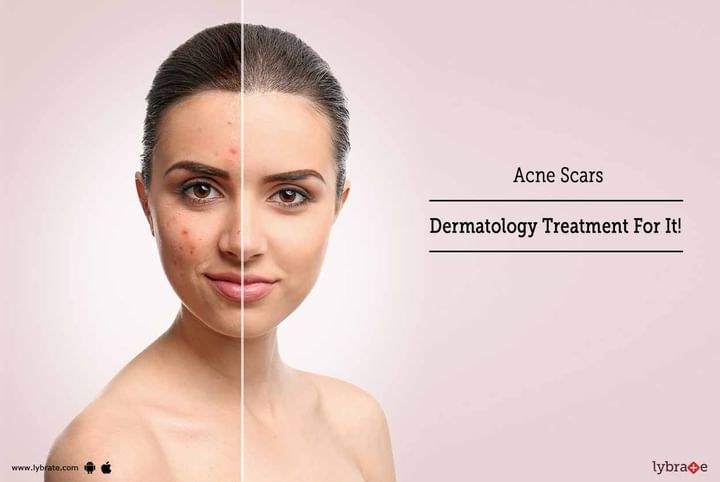Acne Scars - Dermatology Treatment For It!
Possibly the most common skin problem in the world, acne is the inflammation of the skin pores when excess oil and dead skin cells clog them. Acne can manifest in many forms such as blackheads and whiteheads, and papules among others. More than the acne, the scars they leave behind tend to cause the most grief as they look quite unsightly. There are multiple modern dermatological treatments which can help you resolve this problem. Some of the treatments that are commonly used are mentioned below –
-
Chemical Peels: This is one of the most common methods used for the treatment of acne scars. Specially mixed chemical formulations are used to dissolve away the top layer of the skin which contains most of the scars. Once the top layer goes away, the new layer of skin which regenerates doesn’t have the scars.
-
Light Therapies and Laser Treatments: There are many types of laser and light therapies which use a focused light to burn away the top layer of the skin to regenerate it and reduce the scar. Certain specialized lasers use high-intensity pulses to treat raised acne scars specifically.
-
Dermabrasion and Microdermabrasion: One of the most popular and commonly found treatments, is dermabrasion. This method uses an electrical machine that removes the top layer of skin which is akin to sanding. However, this is a fairly invasive option and will require some time for recovery. A less invasive procedure is microdermabrasion which uses finer instruments for this purpose and tends to have lesser downtime.
-
Dermal Filler Injections: These injections are used to plump up certain areas of skin which need to be treated. Most of them work on the principle of boosting collagen which is responsible for healing the skin. Once boosted, collagen works to fill gaps and regenerate new skin. However, most of these are temporary and only last for about a year or so.
-
Incisions Under the Skin: Sub-cision or subcutaneous incision uses a tuned surgical probe to separate the scar tissues of acne from the normal skin. This will result in the skin to rise and thus flatten the dent of the acne scar.
-
Autologous Fat Transfer: A form of therapy which is becoming popular very quickly, this method uses fat taken from one area of your body and injected into the scar area. This results in raising the depressed areas of the skin and flattening the scars. However, fat is easily absorbed within the body and thus the effect may diminish within some time. You may be needed to redo the procedure over regular periods.
-
Cryotherapy: The area around the scar is frozen in a targeted manner which results in the scar tissue falling over and exposing newer skin which is smooth and devoid of scarring.
-
Topical Creams: These are the most commonly available over the counter solutions for acne scars which help reduce their appearance. If you wish to discuss about any specific problem, you can consult a dermatologist and ask a free question.



+1.svg)
